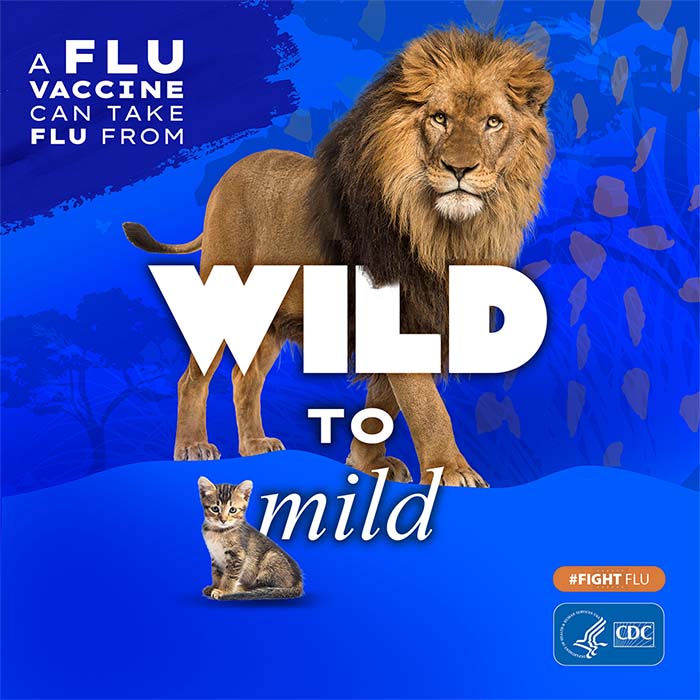Flu Antivirals Drugs Continue to be Under-utilized in High-Risk Patients
Clinicians and high-risk patients can help increase the use of flu antiviral drugs
A study by CDC authors published today in the journal Clinical Infectious Diseases showed that only 15 percent of patients at high risk for flu complications with an acute respiratory illness who sought medical care within two days of symptom onset received a prescription for influenza antiviral medications. This study underscores the fact that antiviral drugs are severely underutilized in high-risk patients in outpatient settings.
Certain people—including children younger than 2 years old, adults aged 65 years and older, pregnant women, and people with chronic health conditions, like heart disease, diabetes, and lung disease—are at higher risk of developing serious flu complications. Observational studies have shown that influenza antiviral drugs can reduce serious flu complications, including hospitalization and death. CDC recommends empiric antiviral treatment as soon as possible for all severely ill and high-risk patients with suspected influenza without waiting for the results of diagnostic tests. Ideally treatment should begin within 48 hours of symptom onset, but studies have shown that treatment administered later can still be helpful.
This new research suggests there are two main barriers to patients treated with an antiviral as recommended. One, high-risk patients often wait until after two days of symptom onset to seek care and, two, even when high-risk patients present early, clinicians fail to prescribe antivirals.
In this study, 70 percent of high-risk patients presented for care more than two days after onset of symptoms. Adults 65 years and older were the least likely to seek care early (25 percent), while pregnant women (41 percent) and children younger than 2 years old (37 percent) were most likely to present for care within 48 hours.
However, even when patients presented for care early, only 15 percent of high-risk patients with acute respiratory illness in this study who visited a doctor early received flu antivirals. Though antiviral prescriptions increased to 43 percent among high-risk patients presenting to care within 48 hours who had laboratory-confirmed influenza, many high-risk patients who may have benefited from antiviral treatment were not prescribed these medications. (All patients were tested for influenza as part of the study, but most clinicians did not have access to influenza test results.)
Additionally, current levels of flu activity impacted antiviral prescribing practices. During the week of peak flu activity in the study, the proportion of high-risk patients seeking early care who got an antiviral prescription increased to 31 percent, which was about twice as high compared with the proportion of antivirals prescribed during all other weeks. However, even at the peak of influenza season, a substantial proportion (42 percent) of high-risk patients who sought care early and had laboratory-confirmed influenza were not prescribed an antiviral medication.
Clinicians can educate their high-risk patients about seeking prompt treatment when they develop flu-like symptoms and may consider offering access to antiviral treatment through telephone triage lines where prescriptions can be given over the phone. (See CDC’s Medical Office Telephone Evaluation tool, which can be used to help medical office staff triage calls from patients with flu-like symptoms.)
The currently recommended influenza antiviral drugs—oseltamivir, zanamivir and peramivir—are the only influenza-specific therapy approved by FDA with activity against circulating influenza viruses. So far this flu season, about two-thirds of circulating influenza A (H3N2) viruses have not been well-matched to the H3N2 vaccine virus, and vaccine effectiveness is reduced. Thus, prompt antiviral treatment for recommended persons is especially important during the current influenza season.
CDC’s antiviral recommendations for clinicians are available on the CDC website.
The article is available in the journal Clinical Infectious Diseases.
